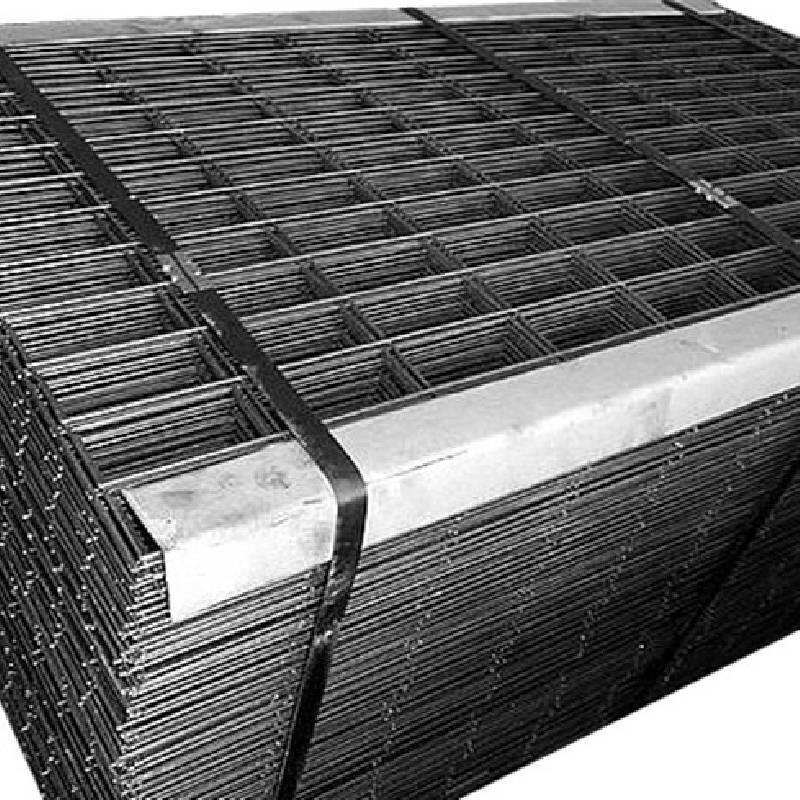
- Mobile Phone
- +8613931874955
- sales@cntcmetal.com
250mm brick ties
Understanding 250mm Brick Ties Importance and Applications
Brick ties, also known as brick anchors or wall ties, are crucial components in masonry construction, particularly when dealing with cavity walls. These small but significant pieces of hardware help ensure the structural integrity and longevity of buildings. Among the various sizes available, the 250mm brick tie stands out for its specific applications, materials, and installation techniques.
What is a Brick Tie?
A brick tie is a metal connector that attaches the outer brick layer of a wall to the inner leaf, usually made of block or concrete. Their primary function is to stabilize the masonry wall system, allowing for a flexible connection between two distinct components. In a cavity wall construction, brick ties help transfer loads, resist lateral forces, and mitigate the risk of bulging or cracking, which can result from environmental stressors.
Why 250mm Brick Ties?
The specification 250mm refers to the length of the brick ties. This size is particularly effective for instances where the cavity width measures around 100mm to 150mm. By providing a stable connection across a range of cavity widths, 250mm ties offer builders the flexibility they need for various construction scenarios.
Furthermore, the use of 250mm ties can be advantageous for specific designs that require increased tension across broader walls. As such, these ties act effectively against wind loads and other pressure factors that influence the stability of the wall.
Material Composition
Brick ties are typically made from galvanized steel, stainless steel, or other durable metals to prevent rust and corrosion. The choice of material affects the longevity of the ties and their performance over time. Stainless steel is often preferred due to its excellent resistance to corrosion, making it ideal for coastal environments where the saltwater atmosphere can accelerate metal degradation.
Additionally, manufacturers often apply various finishes, such as epoxy coatings, to enhance durability and prevent possible reactions between dissimilar metals or masonry materials.
250mm brick ties

Installation Techniques
The installation of 250mm brick ties requires careful planning and consideration of several factors, including wall dimensions and loading conditions. Typically, the ties are installed at regular intervals, often specified by building codes (usually every 600mm vertically and 450mm horizontally). Proper alignment is crucial; ties must be perpendicular to the wall surface to function effectively.
When installing brick ties, it’s essential to ensure they are embedded securely within the mortar joint. Their positioning should also allow for some flexibility to accommodate natural movements of the building due to thermal expansion, settling, or other environmental factors.
Advantages of Using 250mm Brick Ties
1. Structural Integrity The primary advantage of incorporating 250mm brick ties is the enhancement of a wall's structural integrity. They help distribute loads effectively, reducing the risk of wall failure due to the lateral forces exerted by wind or other external pressures.
2. Flexibility in Design With various applications across different cavity widths, 250mm ties offer builders the flexibility necessary to meet specific design requirements.
3. Longevity The use of high-quality materials ensures that brick ties can withstand wear and tear, maintaining their function over the life of the structure.
4. Cost-Effective Solution While the initial costs of brick ties may be an added expense, their role in preventing costly structural repairs in the future makes them a wise investment.
Conclusion
In summary, 250mm brick ties are an integral part of modern masonry construction, offering essential benefits for structural stability and design flexibility. By understanding their importance, materials, and proper installation techniques, builders and architects can significantly enhance the durability and resilience of their projects. Investing in quality brick ties not only ensures compliance with building regulations but also contributes to the overall safety and longevity of buildings. In light of these benefits, it is clear that the seemingly small element of a brick tie plays a monumental role in the health of masonry structures.
share:
-
Wall Ties for Concrete: Invisible Guardians of Building Structural StabilityNewsAug.08,2025
-
Timber Frame Wall Ties: Stable Bonds for Load TransmissionNewsAug.08,2025
-
Stainless Steel Woven Wire Mesh: A versatile material from boundary protection to functional supportNewsAug.08,2025
-
Powder Coat Coil Springs: Creating peace of mind and reliability with sturdy protectionNewsAug.08,2025
-
Floor Standing Sign Holder: A Powerful Assistant for Flexible DisplayNewsAug.08,2025
-
Binding Iron Wire: An Invisible Bond for Building StabilityNewsAug.08,2025
-
Yard Sign Stakes: Reliable Guardians of Outdoor SignsNewsAug.04,2025



















